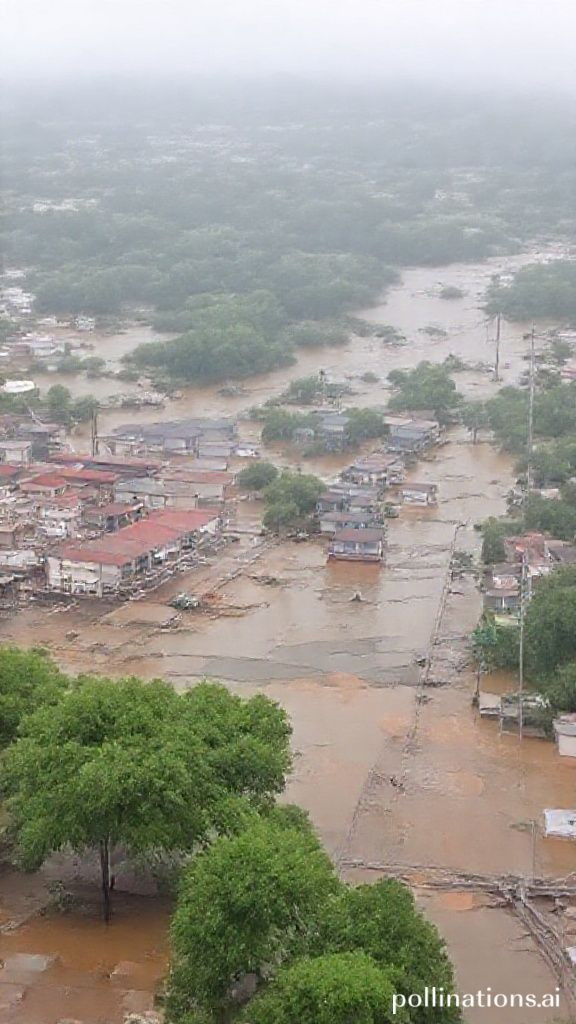
Rainbow Nation Unpacking Hawaii's Rainbow Phenomenon
Rainbow Nation Unpacking Hawaii's Rainbow Phenomenon
Rainbow Nation Unpacking Hawaii's Rainbow Phenomenon
As we gaze upon the vibrant colors of a rainbow, it's impossible not to feel a sense of wonder and awe. In Hawaii, this natural phenomenon is more than just a fleeting moment of beauty – it's a cultural touchstone that represents hope, new beginnings, and divine power.
Where Can I Find Rainbows in Hawaii?
Rainbows form when raindrops refract sunlight into a spectrum of colors. The brighter the sun, the clearer the rainbow. Look for them when it is both sunny and raining at the same time – this combination creates ideal conditions. Rainbows appear opposite the sun, making the morning and late afternoon hours prime spotting times.
• Tips for Spotting Be prepared to move quickly, as rainbows can disappear suddenly.
• Where to Look Look for rainbows near areas with low-hanging clouds, mountains, or coastlines.
• When to See Them Rainbows are more frequent during Hawaii's rainy season, which lasts from October through April.
The Cultural Significance of Rainbows in Native Hawaiian Tradition
In Native Hawaiian tradition, rainbows represent divine or supernatural power. They are considered a symbol of Kāne, one of the four main gods in Hawaiian tradition. According to Sam 'Ohu Gon III, senior scientist and cultural adviser at The Nature Conservancy in Hawaii, rainbows signal an aumakua, which is a deified ancestor or a family or personal god.
• Spiritual Significance Rainbows serve as a reminder of spiritual protection and the presence of loved ones who have passed on.
• Cultural Significance Rainbows are woven into Hawaiian storytelling, often appearing as omens or signs of good fortune.
The Birth of Hawaii's Rainbow Mascot
Rainbow imagery decorates everything from buildings and restaurant facades to athletic uniforms. The origin of the rainbow mascot dates back to New Year's Day in 1924, when a rainbow appeared over the field during a football game. This iconic symbol represents resilience, hope, and the power of nature.
• The Rainbow Mascot The Hawaii men's athletic teams are called Rainbow Warriors, while the women's teams are Rainbow Wahine.
Will Climate Change Affect Rainbows?
Scientists predict that climate change will have a mixed impact on rainbows. While some areas may see more rainbows due to increased precipitation, others may experience fewer due to longer dry spells. Regional effects include
• Regional Impacts Brazil, the Mediterranean, and parts of Central Africa are expected to see fewer rainbows by 2100.
Island-Specific Impacts Hawaii's leeward sides might be particularly affected, with Maui and the Big Island potentially experiencing fewer rainbows in the coming decades.
Conclusion
Hawaii's rainbow phenomenon is a cultural vestige that transcends time and climate. As we navigate the complexities of climate change, it's essential to appreciate and study these natural wonders. We can all take action by sharing our own experiences and observations on social media using #RainbowNation, and by learning more about the fascinating world of ethnography and the cultural significance of rainbows in Hawaii.
In conclusion, Hawaii's rainbow phenomenon is a testament to the beauty and wonder of nature. As we continue to study and appreciate these natural wonders, let us also honor the cultural significance they hold for our community.






